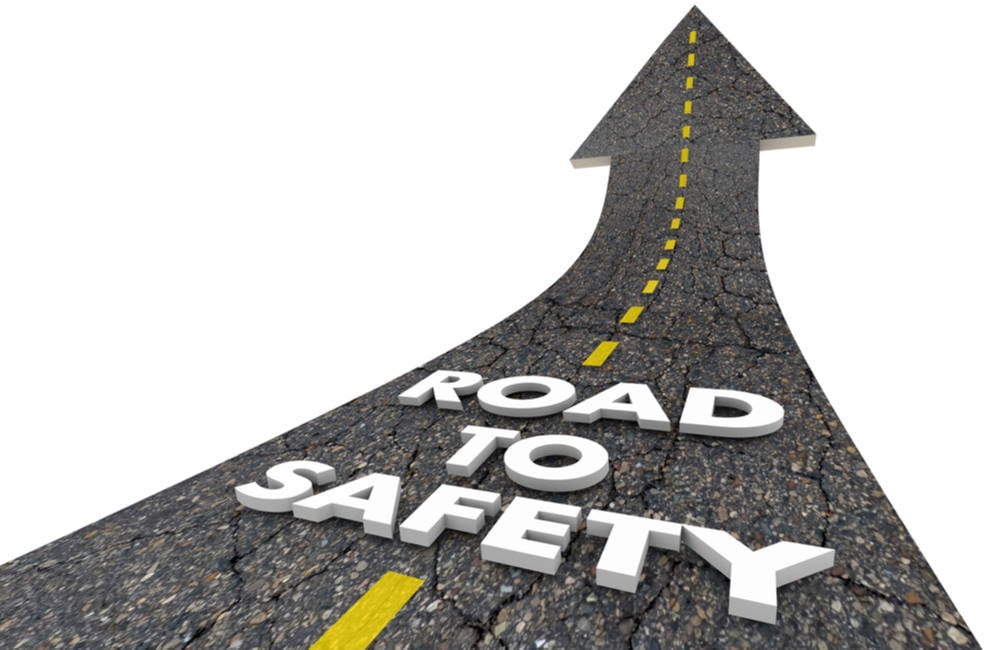For managers, driver safety is always the primary concern. They are always on the lookout for training and techniques that can lower the chance of a crash or collision, making roads safer and drivers better at their jobs.
Instilling defensive driving skills for fleet drivers is one of the main ways they accomplish this goal. The idea behind learning defensive driving skills and techniques is that it trains fleet drivers in the best practices they should follow when behind the wheel. These practices lower the risk of a crash that can cause serious injury or fatalities, as well as minimize the overall costs for the fleet.
The need for such training is clear when seeing some sobering statistics. The Association for Safe International Road Travel reports that in the United States alone more than 38,000 people die in a road crash every year. Another 4.4 million are injured enough to require medical attention.
The Principles for Adult Learning
Practicing defensive driving should become second nature for those who drive fleet vehicles. The best way to accomplish this goal is through driver training programs that take into account the principles for adult learning.
- Adults need to be involved in the planning and evaluation of their instruction
- Experience, including mistakes, provides the basis for learning activities
- Adults are more interested in learning subjects that have immediate relevance and impact on their job or personal life
- Adult learning is problem-centered, not content-centered
Training that adheres to these principles gives drivers what they need to develop values, habits and skills that make them better performers. The key is to address the behavioral challenges that often lead to drivers getting in their own way when it comes to practicing safe driving. Older, outdated driving training often overlooks this important issue.
Understanding Driver Personality
The personality traits of drivers also play a key role in how well they perform behind the wheel. Research shows that controlling emotions and attitudes plays as big a role in preventing crashes and collisions as practicing safe driving habits.
A common example of this is becoming reactionary. Poor driving by other people can lead to good drivers getting angry and making poor decisions themselves, sometimes leading to the type of aggressive driving (going too fast, driving too close to other vehicles) that can lead to crashes. Others may have an easily distracted personality that can lead to daydreaming or other distracted driving habits.
Considering the driver’s personality is key to developing training that helps them perform at the highest level.
Basics of Defensive Driving
With the above factors kept in mind, training to instill defensive driving skills for fleet drivers should cover the basics. By practicing these skills, drivers take a proactive approach to precautionary driving. They also improve performance, protecting themselves and others on the road.
Some of these skills include the following.
Avoid distractions. Fleet drivers should avoid any activity that leads to distracted driving, including using smartphones, eating or drinking.
Control speed. Driving too fast is one of the primary causes of crashes. Drivers should adhere to all maximum and minimum speed limits.
Don’t drive drowsy. Drowsiness behind the wheel leads to slower reaction times, drifting out of lanes and other hazardous situations.
Watch other drivers. Take note of people driving in a worrisome manner and give them extra room.
Stay alert for the unexpected. Note upcoming driveways and roadways where people may suddenly enter the highway. Give enough room between vehicles to maneuver if someone, for example, suddenly brakes or swerves into your lane.
These are just some of the defensive driving skills for fleet drivers that they learn in training programs that also consider their own personality traits and integrate the principles of adult learning. The result will meet the goal for all fleets: making them safer and more efficient.





